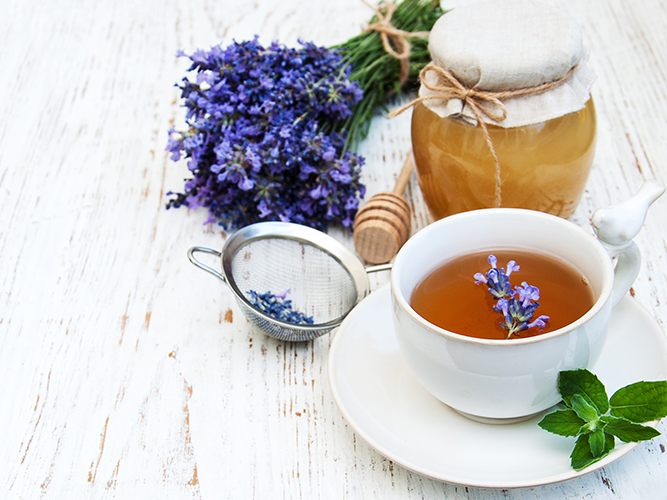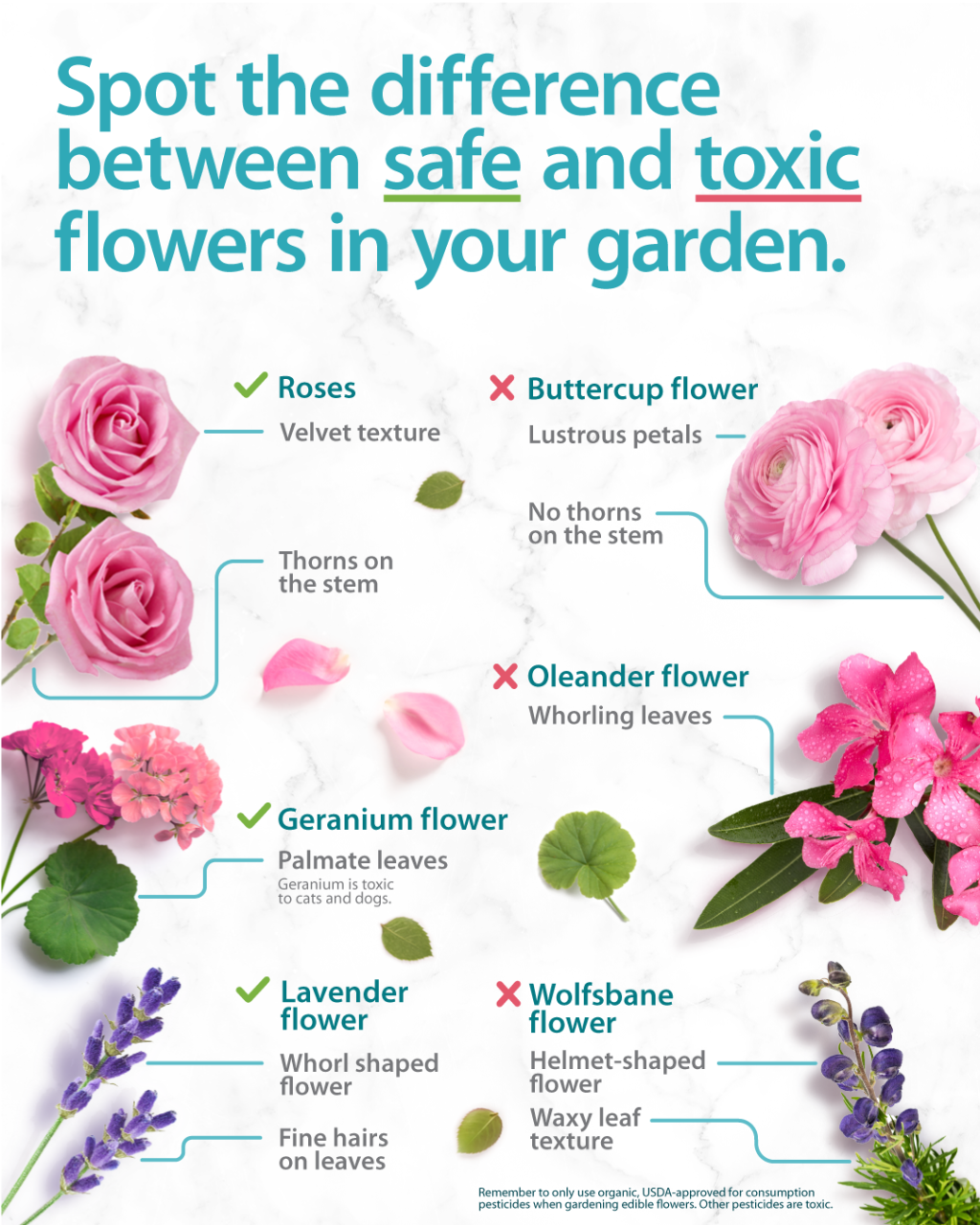The steady march of the seasons brings a more blistering sun, heavier rain showers, and longer days as our world progresses into the depth of summer. Bears start feasting for hibernation, people dive deep into the cool waters of local rivers, lakes, and the Gulf, and flower buds that grew from tiny seeds break free and bloom into gorgeous colorful blossoms. You might start seeing this change as you drive to work or a place for your summer vacation: rows of pinks, whites, oranges, blues, and yellows—summertime flowers dotting through green grasses.
At local restaurants, coffee shops, and teahouses, you might notice the subtle changes on the menus to include floral seasonal drinks or desserts—rose macarons and lavender lemonades; a refreshing hibiscus tea or geranium sherbert—but sometimes, it can be challenging to know what flowers you can eat, which ones you should avoid in your garden, and how to buy edible flowers for your DIY teas. We’ve put together a handy guide to common and local flowers—those edible and toxic—to distinguish their differences and various uses and effects.
What common flowers can you consume?
Where do floral garnishes end and food begin? Everyone has had a moment where they’ve seen a flower in a salad, on a dessert, or topping a drink. There’s the split-second moment of confusion. Should you eat it? Stuff it down in your glass with a straw? Remove it and continue eating the cake? The good news is that while some flowers might be used just as garnishes, most of what you’ll find in food or drinks is perfectly edible and can give them a refreshing, natural sweetness and flavor.












